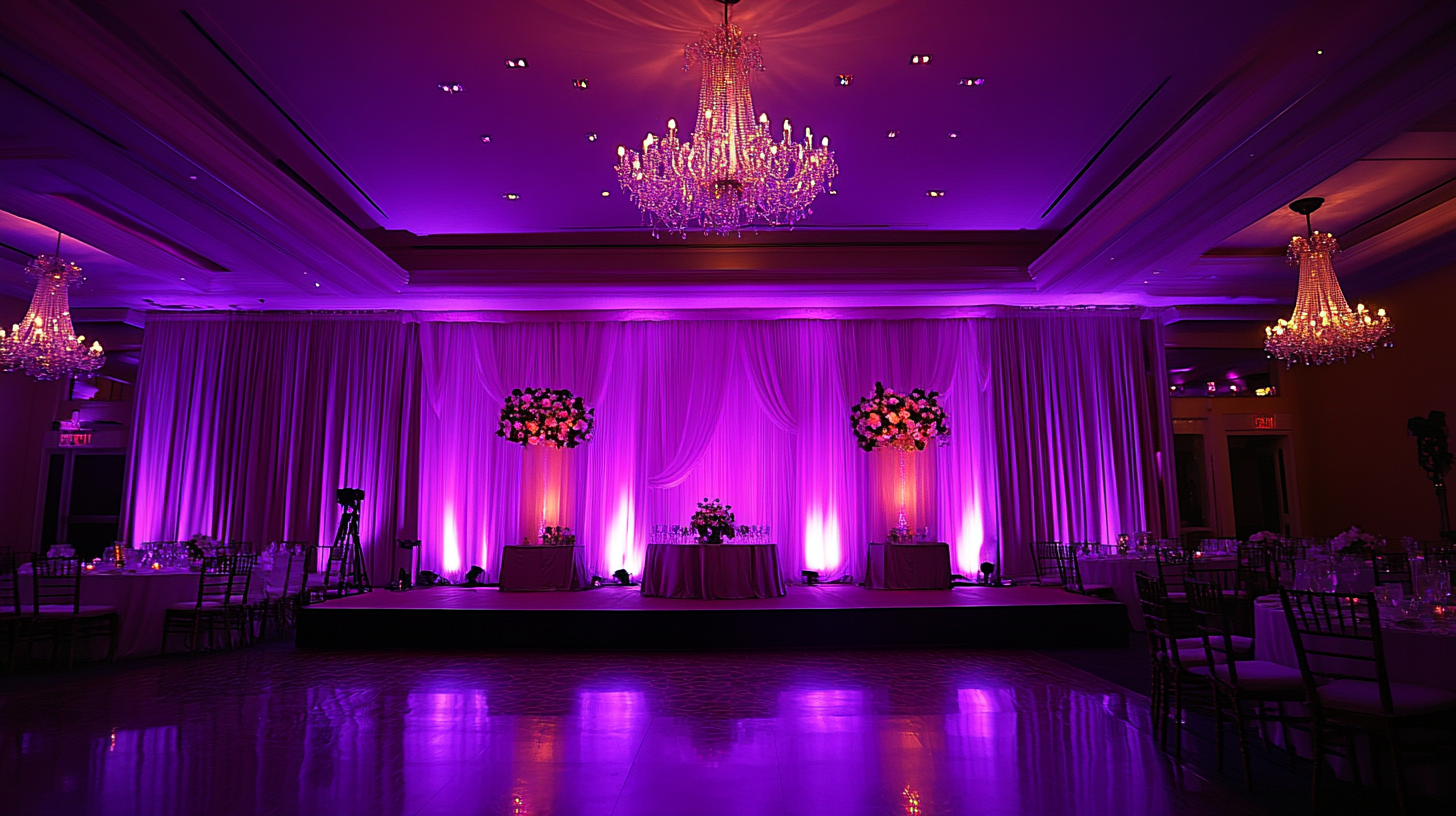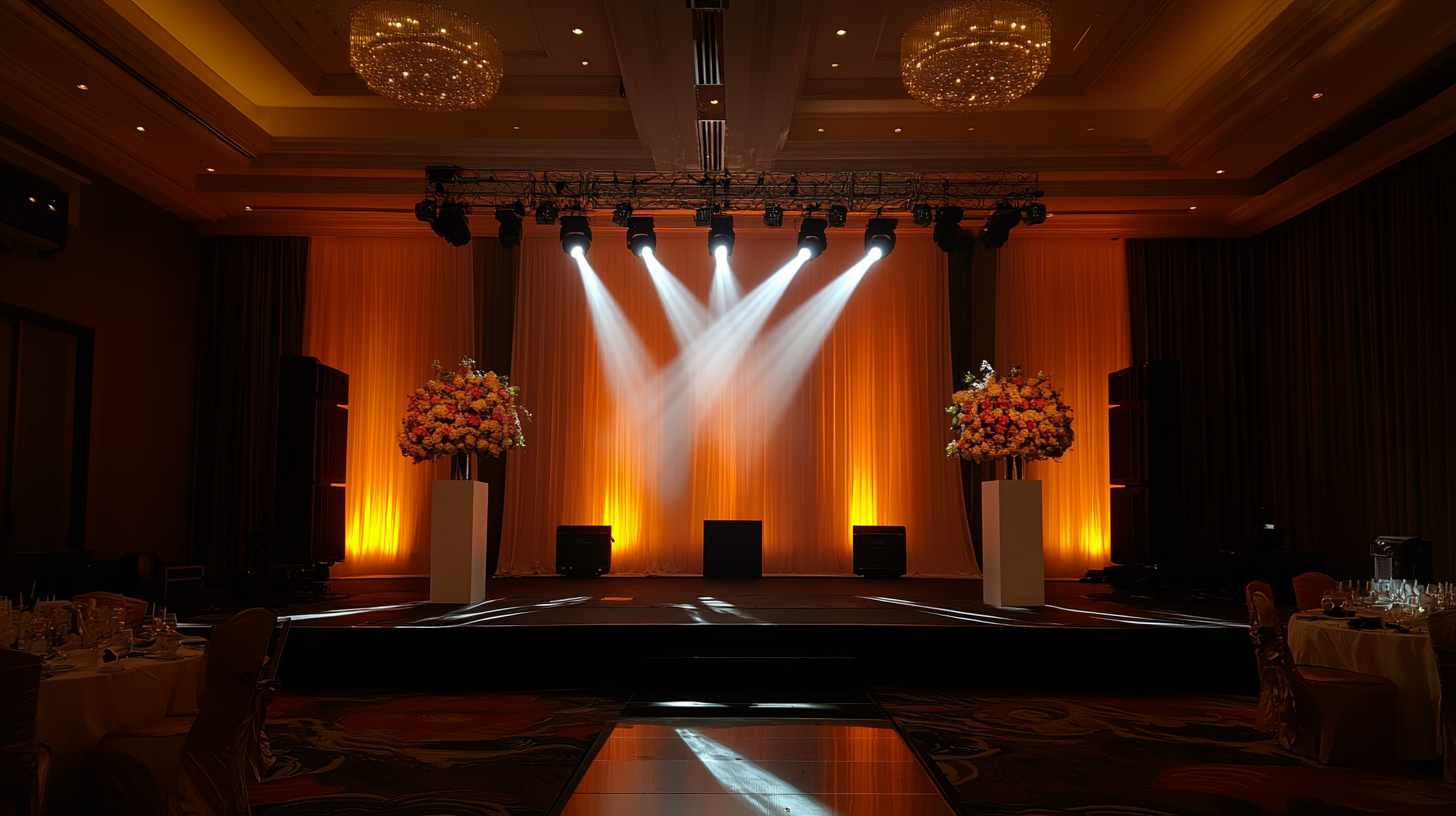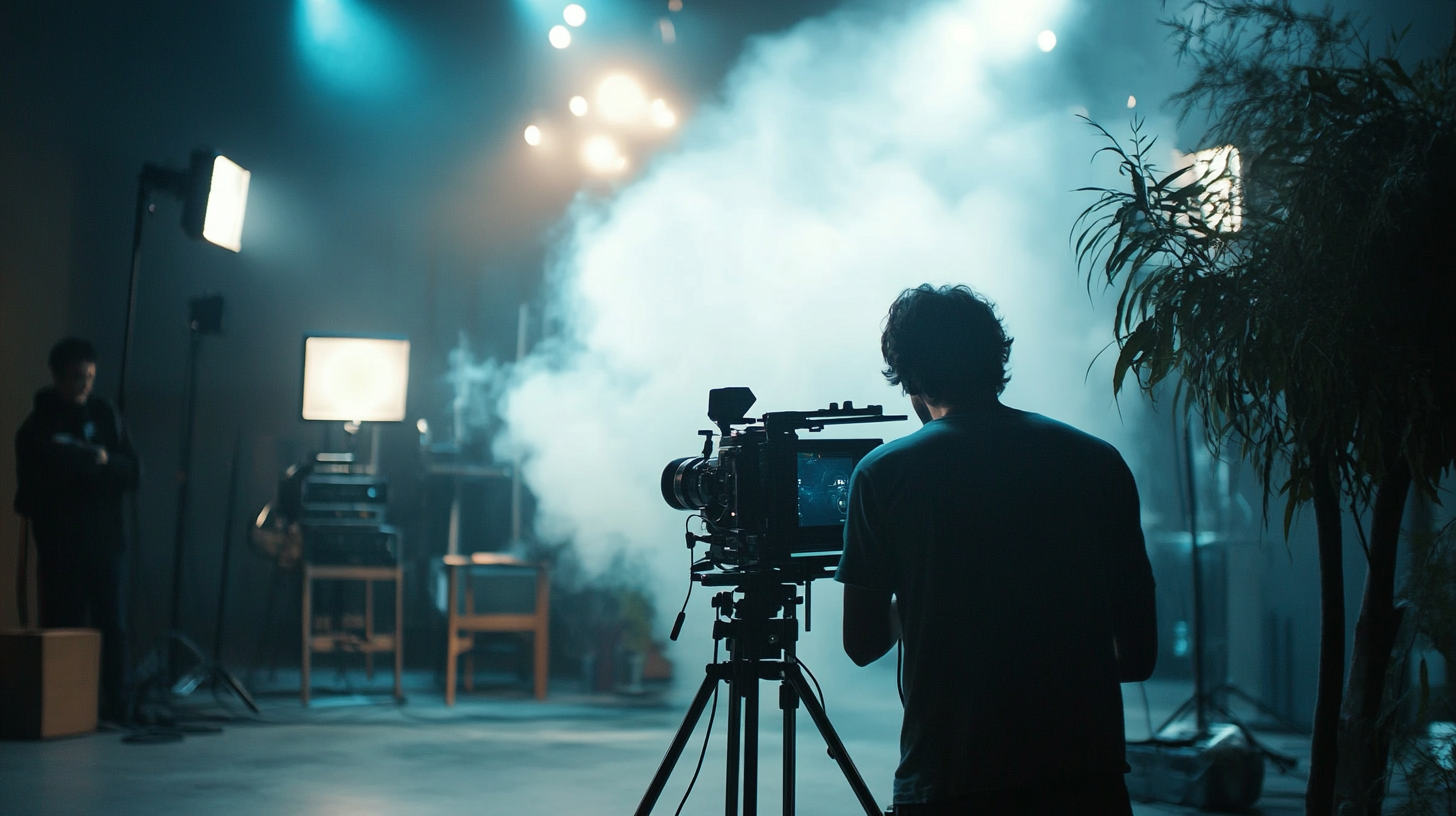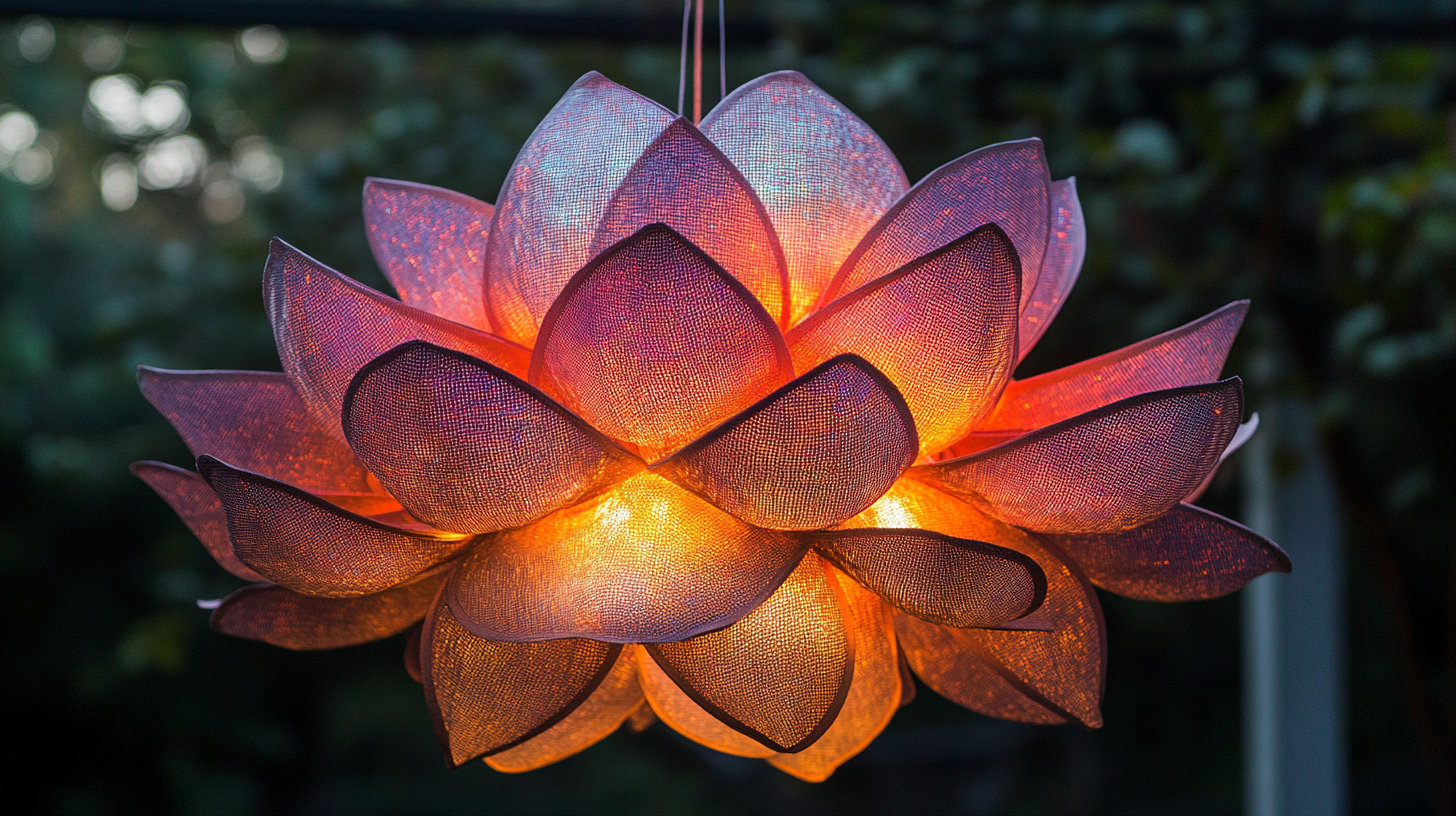Revolutionizing Events with High Quality LED Stage Lights for Every Occasion
In recent years, the events industry has witnessed a significant transformation driven by the integration of advanced technology, with LED stage lights leading the charge. According to a report by Research and Markets, the global stage lighting market is projected to reach $7.2 billion by 2026, highlighting the growing demand for high-quality lighting solutions across various sectors. LED stage lights are at the forefront of this evolution, offering not only versatility and energy efficiency but also an unparalleled ability to enhance the visual impact of performances and events. Their vibrant colors and adaptability make them suitable for everything from concerts and corporate events to weddings and theatrical productions.
As event planners seek innovative ways to create memorable experiences, the role of LED stage lights cannot be overstated. A study by MarketsandMarkets indicates that the adoption of LED technology in event lighting is a key driver for innovation, expected to gain traction due to benefits such as low power consumption and longer lifespan compared to traditional lighting options. This blog will delve into how LED stage lights are revolutionizing events, providing insights into their benefits, applications, and how they can elevate any occasion to new heights.

The Evolution of LED Stage Lighting Technology in Event Management
The world of event management has undergone a significant transformation with the introduction of high-quality LED stage lighting. As technology continues to advance, LED lights have evolved remarkably, offering unparalleled brightness, energy efficiency, and versatility. This evolution has enabled event planners to enhance the visual experience of their gatherings and create unforgettable atmospheres tailored to each occasion. LED stage lighting technology has come a long way since its inception. Early versions often struggled with intensity and color accuracy, but modern LEDs provide a vast spectrum of vibrant colors and precise control over lighting effects. This allows event managers to easily adapt the ambiance of their events, whether it be a wedding, corporate function, or concert, ensuring that every detail aligns with the desired theme. The integration of smart technology further enriches this experience, enabling real-time adjustments and synchronized lighting displays that can captivate audiences like never before. Moreover, the commitment to sustainability has driven the adoption of LED technology in event management. Compared to traditional lighting sources, LEDs consume significantly less power and have a longer lifespan, reducing both operational costs and environmental impact. This shift not only fosters a responsible approach to event planning but also encourages creativity, as planners can allocate savings to other aspects of their events, such as decor or entertainment. As LED stage lighting continues to evolve, its role in shaping memorable experiences will undoubtedly become even more pivotal in the realm of event management.

Impact of High-Quality LED Stage Lights on Audience Engagement
In the world of live events, the role of lighting has evolved dramatically, particularly with the integration of high-quality LED stage lights. These innovative lighting solutions not only enhance visibility but also play a crucial role in shaping audience engagement. The recent study on the impact of color hues in background lighting provides valuable insights into how lighting can influence emotional arousal. By carefully selecting the colors that complement performances, event organizers can create an atmosphere that resonates deeply with the audience, thereby enhancing their overall experience.
For example, warm hues such as reds and oranges can evoke feelings of excitement and passion, making them ideal for energetic performances. Conversely, cooler shades like blues and greens can create a calming ambiance, suitable for more reflective or emotional pieces. This nuanced approach to lighting design allows performers to connect with their audience on a deeper emotional level. As viewers become more attuned to the emotional cues conveyed through light, their engagement intensifies, making the experience more memorable.
Moreover, the versatility of high-quality LED stage lights means they can be tailored for any occasion, from intimate gatherings to large-scale concerts. The ability to change colors and intensities seamlessly allows event planners to craft specific moods that align with the theme of the event. As a result, high-quality LED lights are not merely functional tools; they are integral to the artistry of modern event production, enabling a dynamic interplay between performance and audience that transforms the overall atmosphere.

Cost-Benefit Analysis: LED Stage Lights vs. Traditional Lighting Solutions
The evolution of event lighting is witnessing a groundbreaking shift with the introduction of high-quality LED stage lights that outperform traditional lighting solutions in numerous aspects. The cost-benefit analysis reveals that LED stage lights not only result in significant energy savings but also have lower maintenance costs due to their longevity. Reports indicate that the global LED Driver Market was valued at approximately USD 49.63 billion in 2023 and is anticipated to experience a compound annual growth rate (CAGR) of 9.3% through 2030. This growth is driven by the increasing demand for efficient lighting solutions across various sectors, including events.
Moreover, traditional lighting systems often fall short in heat dissipation, which has been a major obstacle in achieving optimal performance. The advent of advanced LED technologies, such as diamond-based ultra-high power density packaging, addresses these thermal challenges, enabling lighting professionals to enhance their setups without compromising on quality. As performance improves, the industry is pushed to embrace more efficient, sustainable practices, indicating a paradigm shift towards LED stage lighting not only for its technical superiority but also for its environmental benefits.
The transition towards intelligent street lighting systems reflects a broader trend within urban development initiatives focusing on smart city concepts. By implementing LED technology, cities can significantly reduce energy consumption and operational costs. Studies evaluating street lighting efficiency demonstrate that LED fixtures not only last longer than their traditional counterparts but also create a more appealing atmosphere for public spaces. This holistic approach underscores the importance of selecting the right lighting solutions tailored to specific needs, ultimately benefitting both the environment and society.

Trends in Event Lighting: Influence of LED Technology on Venue Design
In recent years, the event industry has experienced a remarkable transformation, primarily driven by advances in LED technology. This shift has not only enhanced the quality of lighting but has also significantly influenced venue design. Gone are the days when organizers were limited to traditional lighting options; today, LED stage lights offer a plethora of colors, effects, and configurations, allowing for astonishing creativity in event setups.
The versatility of LED lights means they can be tailored to fit various occasions, from intimate weddings to grand corporate galas. Their ability to produce a range of hues and intensities enables designers to establish the desired ambiance seamlessly. Moreover, the compact size and lightweight nature of LED fixtures allow for unique arrangements that were once impossible with heavier, bulkier lighting systems. This flexibility in design empowers event planners to think outside the box, creating dynamic environments that captivate guests.
Sustainability is another critical aspect of the LED revolution. These energy-efficient lights not only reduce electricity costs but also lessen the environmental impact of events. As venues increasingly embrace eco-friendly practices, LED lighting stands out as a responsible choice, aligning with the values of modern consumers. Consequently, the integration of LED technology into venue design is not merely a trend but a fundamental shift towards more innovative, adaptable, and sustainable events.
Environmental Advantages of Using LED Lights in Event Productions
The integration of high-quality LED stage lights into event productions is not only transforming the aesthetics of gatherings but also significantly benefiting the environment. According to the U.S. Department of Energy, lighting represents about 10% of annual energy costs for businesses, and switching to LED technology can reduce these costs by up to 75%. This substantial reduction is critical in an industry where energy expenditure can quickly accumulate, especially during large-scale events.
Furthermore, LED lights have a much longer lifespan compared to traditional incandescent or halogen bulbs. Estimates suggest that a typical LED can last up to 25,000 hours, which means fewer replacements and reduced waste. The Environmental Protection Agency (EPA) emphasizes that products with longer lifespans contribute significantly to less landfill waste, enhancing sustainability efforts within the events industry. By reducing both energy consumption and product disposal, event organizers can make a notable positive impact on the environment.
In addition to energy savings, LEDs contain no hazardous materials compared to fluorescent lights, which often contain mercury. This non-toxic nature aligns well with the growing trend toward eco-friendly practices in event planning. A report from the Global LED Lighting Market indicates a projected growth at a compound annual growth rate of 13.5% from 2021 to 2028, underscoring the shift towards more sustainable options in the market. As the events sector continues to evolve, embracing LED stage lighting not only elevates visual experiences but also champions environmental stewardship.

